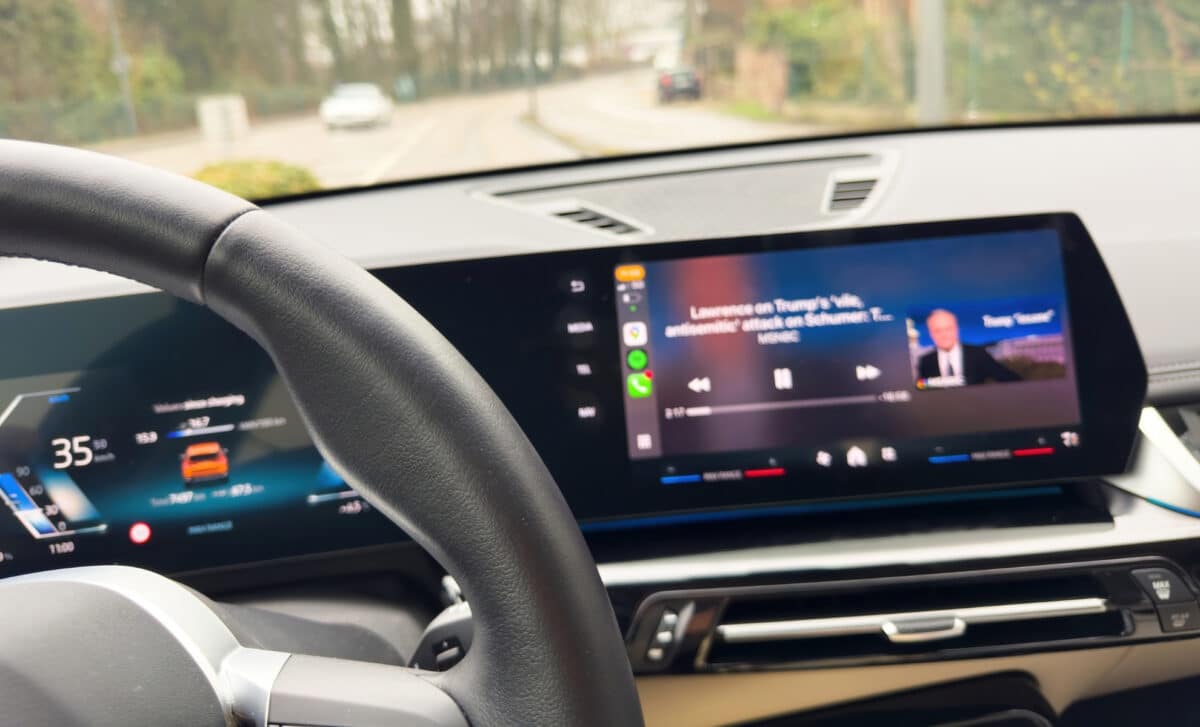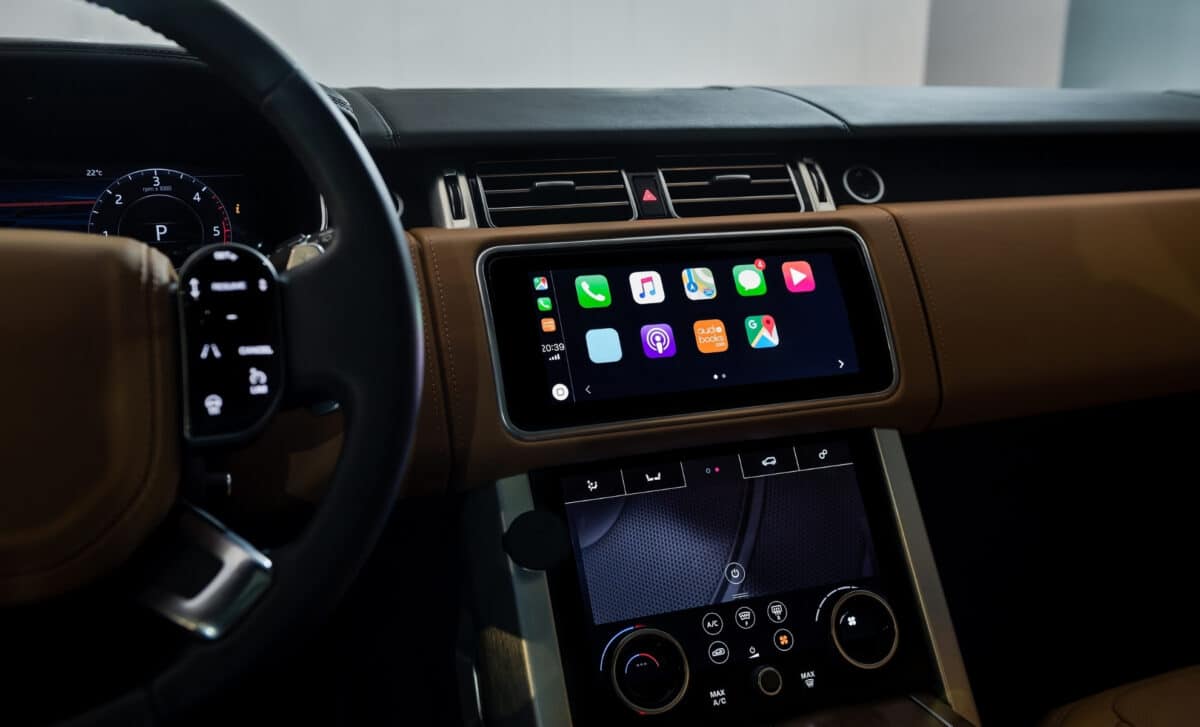The decision has sparked backlash, particularly as these phone-mirroring systems are among the most requested tech features in modern vehicles. GM says its new strategy centers on safety and system reliability, but the move also opens the door to tighter control over data, services, and future digital revenues.
GM’s new EVs will instead rely on a proprietary infotainment system powered by Google, which the company says will offer tighter integration and better performance than third-party alternatives. But whether customers will accept the trade-off remains a high-stakes question.
Driver Distraction Behind the Wheel
According to Tim Babbitt, GM’s infotainment product chief, a key reason behind the decision is safety. In comments reported by MotorTrend, Babbitt pointed to instability issues with both CarPlay and Android Auto—including dropped connections, slow responses, and rendering glitches—that lead drivers to reach for their phones when the systems fail.
“When that happens, drivers aren’t just distracted—they’re using their phones again, which defeats the purpose,” Babbitt said. These issues, he added, often lie beyond the automaker’s control but result in customer complaints that GM still has to manage.
The company believes that eliminating external software and relying entirely on its built-in system will help keep drivers focused on the road. Still, Babbitt acknowledged that GM has not yet tested this theory in controlled environments. For now, it remains a working assumption.

Google Assistant Takes Center Stage
Instead of mirroring apps from a phone, GM’s new system uses Google’s built-in suite, including Maps, Assistant, and access to streaming and audio platforms like Spotify and Audible. Voice commands handled by Google Assistant will allow drivers to make calls, send messages, control climate settings, and navigate—all without leaving the automaker’s ecosystem.
The move also addresses a common complaint about in-car navigation systems, which are often seen as less intuitive than smartphone apps. By embedding Google Maps directly into the system, GM hopes to deliver a more familiar and functional user experience.
These features are meant to reduce reliance on smartphones entirely, offering a fully integrated alternative that works whether or not a phone is connected. GM is betting that deeper integration will lead to fewer issues and fewer distractions behind the wheel.
More than Safety: Control and Monetization
Safety isn’t the only reason GM is moving away from CarPlay and Android Auto. The change also gives the automaker full control over the user interface, data collection, and future revenue opportunities. According to the same source, automakers have long been frustrated with the limited access they get to driver data when customers use Apple or Google platforms through mirroring.
By controlling the infotainment environment, GM gains access to driving behavior, location data, and in-car app usage—all of which can be used for internal development or sold in anonymized formats to third parties.
The strategy also aligns with GM’s growing push into subscription-based services. As previously reported by Reuters, the company expects to generate as much as $25 billion per year from subscriptions by 2030. The new infotainment systems come with eight years of data access, but continued use of certain features will require customers to pay.
GM’s move isn’t without precedent. Tesla has never offered CarPlay or Android Auto, and Rivian has opted to keep its vehicles closed to third-party mirroring as well. Still, for a legacy automaker like GM, the move represents a gamble—one that will test how far customers are willing to go for a seamless, fully branded digital driving experience.









